Nagarjunasagar Dam Is An Iconic Landmark Of Andhra Pradesh

The NagarjunaSagar Dam across the Krishna River is located in the southern Indian state of Telangana. It is one of India’s largest and oldest dams. These were constructed for irrigation, hydroelectric power generation, and flood control across the southern Indian peninsula. The impressive architecture of the dam, completed in 1966, and the surrounding scenery attract tourists and research-minded individuals alike to witness the engineering might of India and its endeavour in the field of water resource management. The greatest lifeline toward agriculture, a serene backdrop for indulging in leisurely activities, the Nagarjuna Sagar Dam forms an important reservoir that proves to be an important landmark in the infrastructure and natural landscape of India.
NagarjunaSagar Dam History

Situated on the Krishna River and bordering two states—Telangana and Andhra Pradesh— Nagarjuna Sagar Dam is one of India’s earliest and largest dams, hence carrying a great historical significance. Construction of the dam took place from 1955 to 1967 and was a joint project of the Indian government and the then United States Agency for International Development.
The name is derived from the nearby Nagarjuna Sagar, one of the prominent heritage sites of Buddhism. Completion marked not only one of the largest irrigation-cum-flood control critical infrastructure projects but also one of the biggest man-made lakes in the world—the Nagarjuna Sagar Lake—enhanced the region’s agriculture potential and provided hydroelectric power.
Must Read: Hotels Near Nagarjuna Sagar Dam
About Nagarjunasagar Dam

Protected with 26 gates and measuring at 125m in height, Nagarjunasagar Dam is the largest masonry dam in the world. Nagarjunasagar Dam is located in the Nalgonda district and built across River Krishna. Apart from being an integral part of a complex irrigation system, it is also a source of hydro-electricity. Its magnificent appearance has also made it quite popular among tourists. Nagarjunasagar Dam attracts a huge number of tourists every month and has become grounds for many tourist activities. The dense surroundings of the dam also offer a captivating views for tourists.
How To Reach Nagarjunasagar Dam
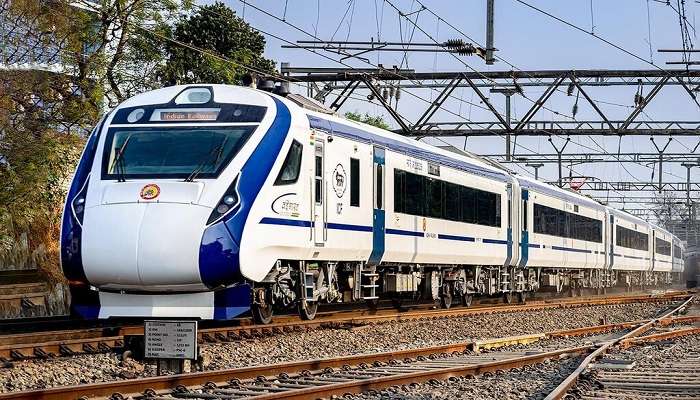
Nagarjunasagar is quite well connected to major cities across India and fairly easy to reach. Some of the most common ways of reaching Nagarjunasagar Dam are mentioned below:
By Train: There are regular train services from Secundabad to Nalgonda. From Nalgonda, you can take buses that go directly to Nagarjuna Sagar. Nagarjuna Sagar Dam is located approximately 70 Kms from Nalgonda.
By Road: There are regular bus services from Hyderabad. Nagarjuna Sagar, is located at a distance of nearly 165 Kms from Hyderabad in Nalgonda district of Telangana.
Best Time To Visit
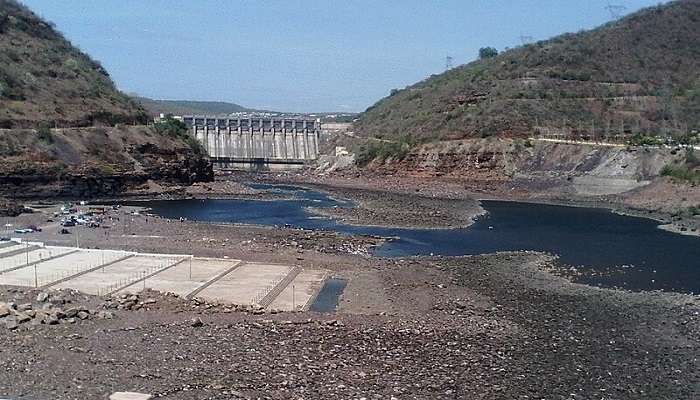
Generally, the time of October to February are considered ideal for visiting Nagarjuna Sagar. During this time, the weather is quite pleasant and best suited for all kinds of outdoor activities and exploration like boating, trekking, camping, and sightseeing.
Nagarjunasagar Dam Tourist Attractions
Nagarjunasagar Dam is the first irrigation project under the green revolution initiated by The Government of India. This dam offers scenic places and various activities to do. Here is the curated list of things or tourist attractions in and around the Nagarjunasagar Dam :
1. Scenic Views and Photography Opportunities
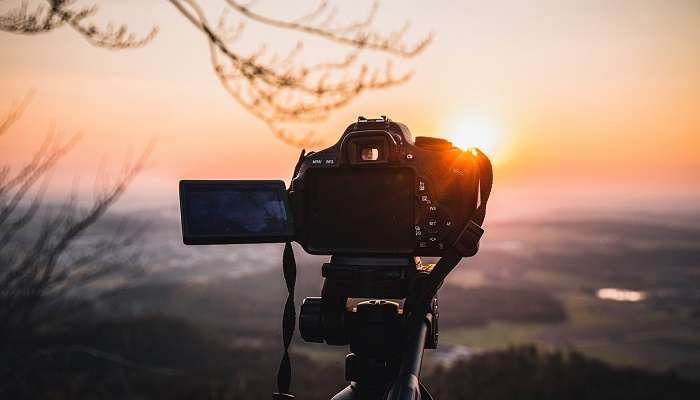
The Nagarjunasagar Dam is famous for its outstanding scenic beauty and excellent photography views. Moving towards the Dam, visitors are greeted with expansive views of the Krishna River, whose placid waters spread out to form Nagarjuna Sagar Lake, the third-largest man-made lake in the world. The dam itself is an engineering marvel and, when juxtaposed with the surrounding hills and lush green vegetation, forms a fine backdrop.
Tip: These are the best times to photograph Nagarjunasagar Dam and its surroundings. With the changing colours in the sky, the calm waters of the River Krishna come up with a mesmerising backdrop for the photography enthusiast. If you visit the place early in the morning or late in the afternoon, you have no time to waste; then experience the serene beauty of the area, while avoiding the ongoing midday heat.
2. Ethipothala Waterfall
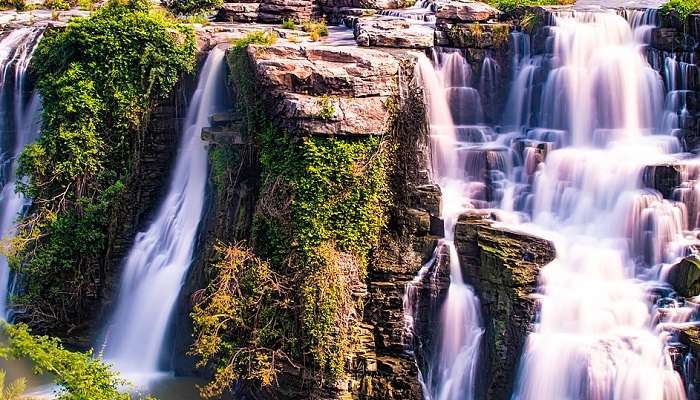
Located near Nagarjunasagar Dam, Ethipothala Waterfall is one of the natural wonders. This picture-perfect waterfall is formed by Chandra Vanka River, a tributary of the Krishna River, which falls 21 metres into a serene pool at the bottom. Bordered by dense forests and rocky topography, Ethipothala offers a scenic retreat amidst the tranquil atmosphere and beauty of nature. There is so much hiking and birdwatching around the waterfall, not to mention various viewpoints along it all the way from views of cascading water down to far-reaching ones across the countryside.
While at Nagarjunasagar Dam, take time to visit the nearby Ethipothala Waterfall. It is hardly a drive away and correlates as a rejuvenating retreat amidst greenery. Wear comfortable footwear since you may wish to hike the trails surrounding the waterfall. Additionally, do not forget your camera, as it will blatantly capture pictures of the cascading water and the landscape surrounding it.
Suggested Read: Hotels In Gudivada
3. Nagarjuna Konda Island and Museum

Nagarjuna Konda Island, lying right in the Nagarjunasagar Dam and accessible by road or boat, is a rich cultural and historical heritage on its own. An archaeological museum on the island bears testimony to many findings and remains of an ancient Buddhist civilisation that existed here centuries ago. This museum is open to all interested visitors who want to know more about the history of Nagarjuna Konda and its importance as one of the significant Buddhist learning centres and monasteries.
When visiting the Nagarjunasagar Dam, one must take a boat ride to Nagarjuna Konda Island. An archaeological museum is located on the island, housing elements of a bygone age of ancient Buddhist civilisation. Make sure to visit the island early enough to spend enough time in the museum to really understand its history and culture. Dress in comfortable clothing and walking shoes to roam around the archaeological sites and explore the peaceful surroundings of the island.
Nagarjuna Sagar Dam Visiting Hours
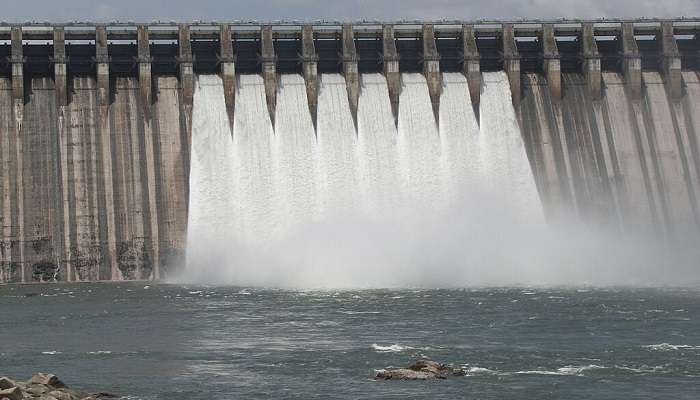
The visiting time to Nagarjunasagar Dam may vary with the season and local regulations. Normally, this dam site is open to visitors from morning till late afternoon. It accommodates all kinds of tourists who want to have a close and clear view of the architecture and a panoramic view of the reservoir besides knowing its importance.
Visitor access viewpoint and visitor centre with bountiful information on all aspects of the dam’s construction, regional impacts, and water management are available. The authorities there, or through tourist information centres, should be contacted for any updated visiting hours and visitor behaviour rules.
Suggested Read: Resorts Near Nagarjuna Sagar Dam
Nagarjuna Sagar Dam Water Release Schedule

The local authorities determine irrigation regulatory programs of the Nagarjunasagar Dam, based on agriculture, hydroelectric power generation, and flood control needs. Still, the scheduling is usually done in relation to seasonal demands and rainfall patterns to ensure maximum use of available water without potential flooding mishaps downstream.
Information on the water release schedules may be obtained from local irrigation departments, dam authorities, or official channels of governmental duties. Schedules of the same have to be known to downstream communities, agriculture, and environmental management for planning their activities or any other cause which may rely on this water component while answering questions of its sustainability to the region.
Further Read: Hotels In Kandukur
Get a handle on the incomparable scenic beauty and rich history with a visit to the Nagarjunasagar Dam and its surrounding attractions. It is perfect for exquisite photographs at sunrise or sunset, an equally rejuvenating view of the tranquil Ethipothala Waterfall, and the ancient Buddhist heritage located on Nagarjuna Konda Island. Be it a nature lover, history enthusiast, or any other kind of tourist, this dam has something sure to leave one in awe. Plan your trip to Andhra Pradesh and set out for this exciting destination in India.
For our editorial codes of conduct and copyright disclaimer, please click here.
Cover Image Credit: User: PAPA RAO KVSKS for wikimedia commons
Frequently Asked Questions About Nagarjunasagar Dam
What is the purpose of the Nagarjunasagar Dam?
The Nagarjunasagar Dam serves several uses, including irrigation, hydroelectric power generation, and flood management. It is a significant method of water management in the area.
How old is Nagarjunasagar Dam?
Nagarjunasagar Dam was completed in the year 1966 and hence is more than five decades old. It intellectually becomes one of the most important infrastructure projects executed by any nation from the perspective of water resource management in the history of India.
Can visitors take a boat ride at Nagarjunasagar Dam?
Yes, the boat rides on the reservoir formed by Nagarjunasagar Dam are available. Often combined with it would be trips to attractions like Nagarjuna Konda Island and Ethipothala Waterfall.
Does one pay an entrance fee to view Nagarjunasagar Dam?
Entrance fees may be collected for visiting some of the viewpoints and visitor centres within Nagarjunasagar Dam. Actual payment shall vary from one attraction or facility viewed to another.
Which is the Best Time to Visit Nagarjunasagar Dam?
The best time for visiting this place usually lies from October to February, in the cooler months, and during times of sunrise and sunset to witness the overall scenery. It should be strictly eluded during peak summers to avoid the scorching heat.
People Also Read:
Mattupetty Dam Pandoh Dam Bhakra Nangal Dam

Passionate Marketing Student with a flair for storytelling, eagerly embarking on a journey within the vibrant world of travel. Excited to merge analytical acumen with creative skills to elevate the editorial landscape of the travel industry.











